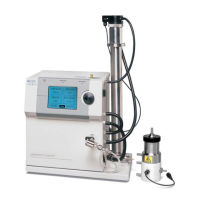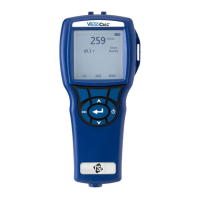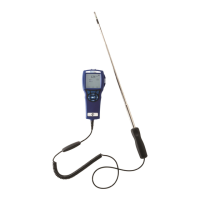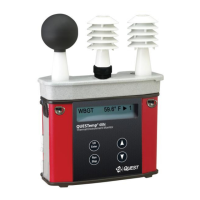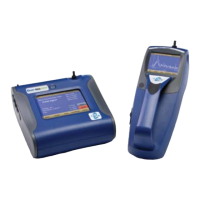B-18 Model 3936 Scanning Mobility Particle Sizer
TM
(SMPS
TM
) Spectrometer
The software calculates the particle concentration in each size
channel by using, the raw counts in a particle size channel,
calculations for single charge probability, correction for multiple
charges if enabled, transfer function width, DMA flow rates, the
CPC flow rate, the measurement time (t
c
) for the size channel, slip
correction, the D
50
impactor cut-point, and CPC, DMA, and any
other user-defined efficiencies.
The transfer function is defined as the probability that a particle of
electrical mobility Z
p entering the Classifier, will exit the Classifier
via q
m
(monodisperse aerosol flow). Knutson and Whitby [1975]
have derived the transfer function shown in Figure B-8. The
transfer function depends on particle mobility, rod voltage,
geometry, and flow rates of the Classifier. The width of the transfer
function depends on the flow rates in the DMA. The number of
particles exiting the Classifier with the monodisperse air flow is
one-half of the total number of particles within the mobility band,
∆Z
p.
Concentration calculations are done at the highest size resolution
of 64 channels per decade of particle size. If data is viewed at lower
resolutions, the concentrations of adjacent size channels are
averaged together to form wider size channels.
Calculation of statistics is also done at the selected resolution with
its associated channel averaging.
Z
p
∆
Z
p
Electrical
Mobility
1.0
Transfer
Function
Figure B-8
Transfer Function of the Electrostatic Classifier [Knutson and Whitby, 1975]
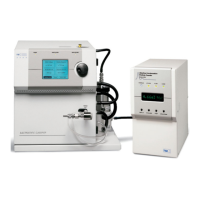
